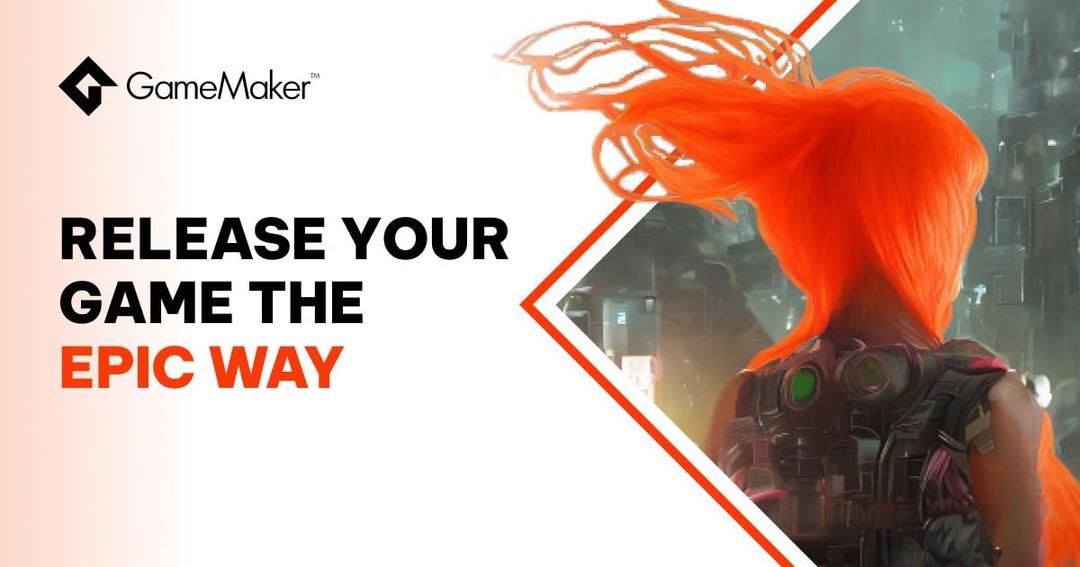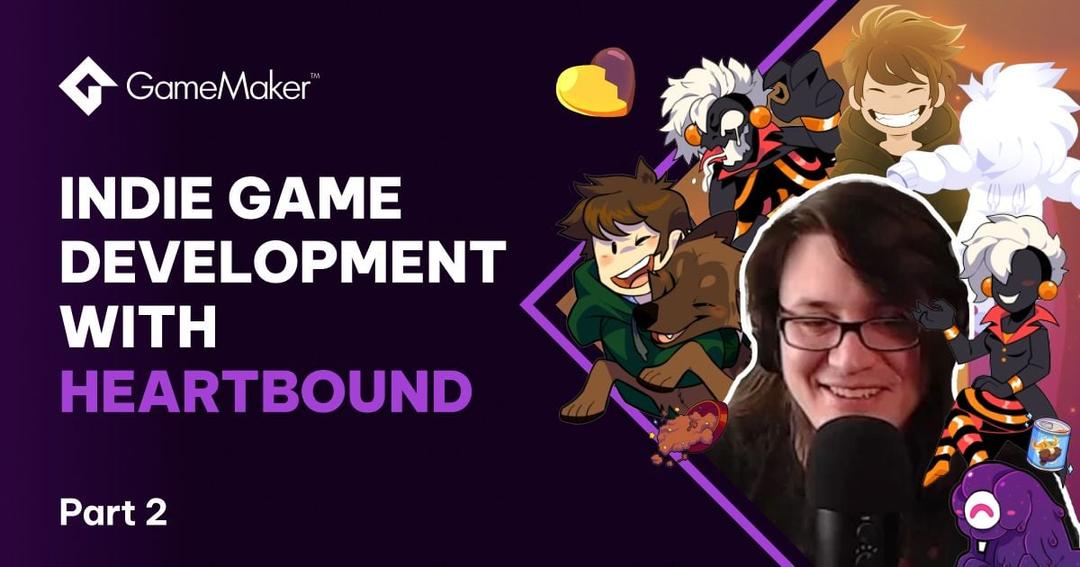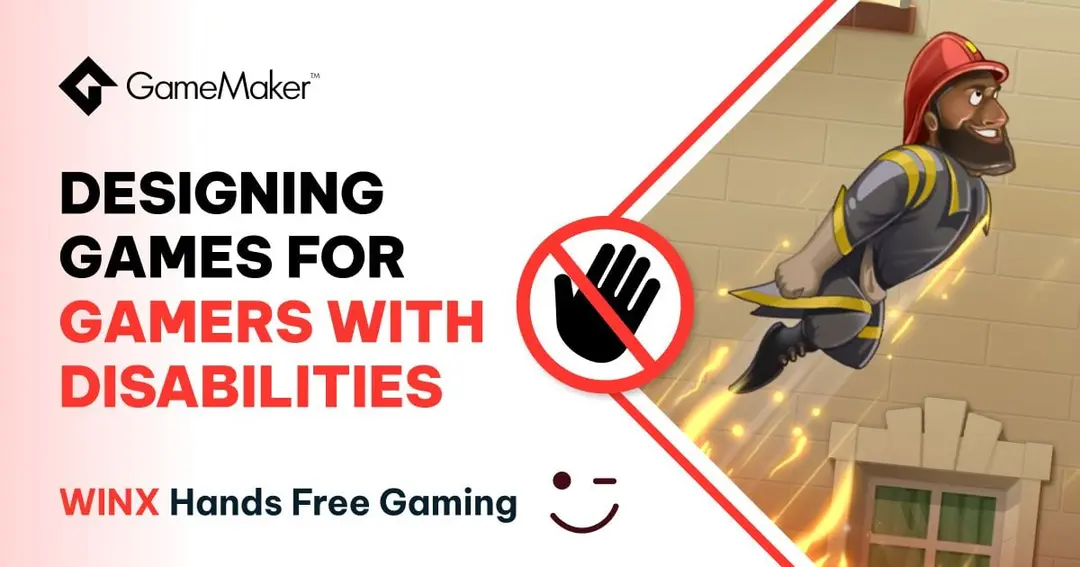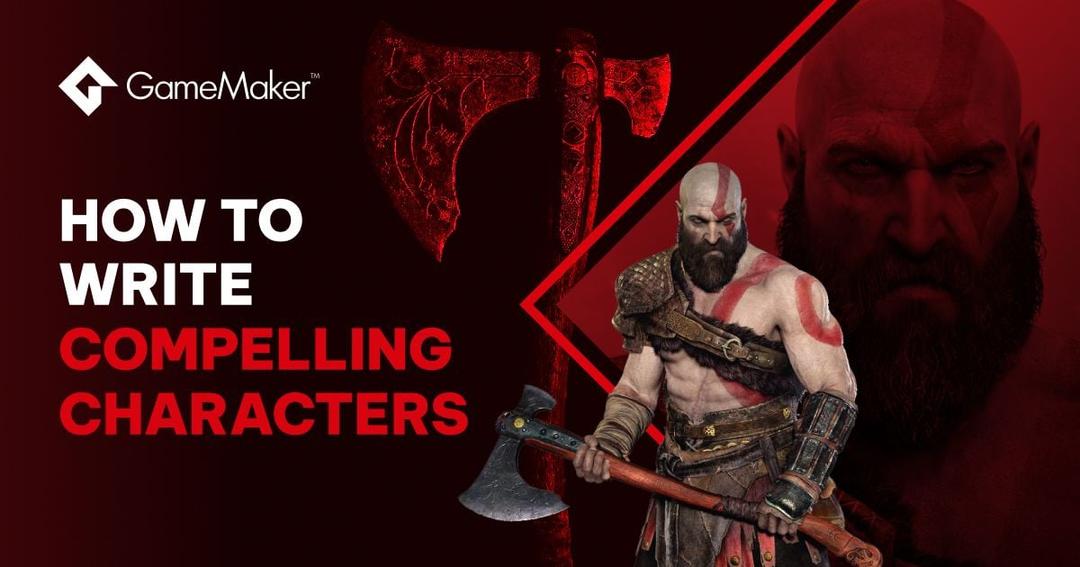2D Games vs. 3D Games: What’s The Difference?
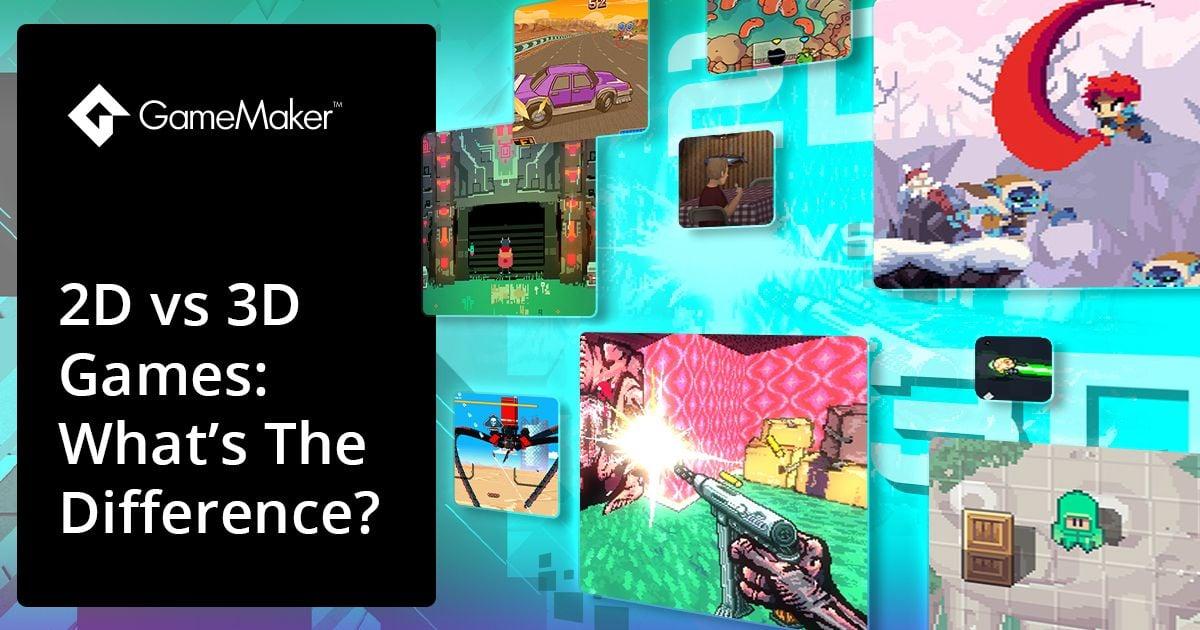
Sonic vs. Robotnik. PlayStation vs. Xbox. Aristotle vs. Mashy-spike-plate!
The games industry has provided hundreds of iconic rivalries over the years, and in the late 90s, one of the biggest was 2D vs. 3D games.
This article covers:
- What are 2D games?
- What are 3D games?
- Can 2D and 3D co-exist?
- What are the best 2D games ever made?
- What are the best 3D games ever made?
What are 2D games?
2D games are flat, sprite-based experiences that only allow you to move up, down, left, and/or right across the screen. Generally speaking, the limited movement makes 2D games more accessible than 3D games.
If you’ve ever wondered how to make 3D games more approachable, looking at 2D games can offer some insights: anyone could pick up and play a 2D Mario game, but most people would sooner eat a shoe than work out what to do in Breath of the Wild.

Legend of Zelda: Breath of the Wild, developed by Nintendo
What are 3D games?
3D games let you move in three-dimensional planes, allowing you to turn 360 degrees and head in any direction you like.
Whether you spent hours exploring the corridors of Peach’s Castle or cruising the streets of Los Santos with friends, we've all experienced the greatest thrill of 3D games: the freedom to explore.
For developers, creating 3D games is far more complex than making 2D games. With an extra dimension at play, they need to consider camera systems, textures, models, lighting, and filling every inch of a fully-explorable world.
Can 2D and 3D co-exist?
At the height of the 2D vs. 3D feud, developers were experimenting with ways of merging the best of both into one neat package.
What is pre-rendered 3D?
The late 90s saw the arrival of a brand new art style, known as pre-rendered 3D.
The idea of pre-rendered 3D was to create 3D assets and squash them into 2D images. Games like Donkey Kong Country and Oddworld: Abe’s Exoddus were famous pioneers of this art style.
The ease with which home consoles could render 3D graphics soon out-stripped the added complications of creating pre-rendered 3D games, leaving the art style feeling fairly obsolete.

Oddworld: Abe’s Exoddus, developed by Oddworld Inhabitants
What is a 2.5D game?
2.5D was another 90s attempt at blending the best of 2D and 3D games, but unlike pre-rendered 3D, this idea had a much longer half-life.
In a 2.5D game, you can only move up, down, left, and/or right like in 2D games, but your character moves around 3D environments, thanks either to some camera trickery or by crossing into the background or foreground.
2.5D was a popular design technique in the late 90s, featuring in games like Klonoa: Door to Phantomile, Kirby 64: The Crystal Shards, or the bizarrely titled Disney’s Action Game: Featuring Hercules.
Couldn’t have just called it Disney’s Hercules, could ya?

Klonoa: Door to Phantomile, developed by Namco
What are the best 2D games ever made?
Some (but by no means all) of the most successful 2D games ever released include:
- Braid
- Castlevania: Symphony of the Night
- Celeste
- Cuphead
- Fez
- Hollow Knight
- Pokémon
- Sonic the Hedgehog
- Super Mario Bros.
- Undertale

Popular 2D game genres
Given the simplicity and accessibility of 2D games, they lend themselves well the simpler and more accessible game genres, too, including:
- Platformers like Super Mario Bros. and Celeste.
- Puzzle games like Tetris and Dr. Kawashima’s Brain Training (or Brain Age to our American friends).
- Fighting games like Street Fighter and Mortal Kombat.
Check out our article on popular 2D game art styles for a comprehensive rundown.
What are the best 3D games ever made?
Some of the most successful 3D games include (but are not limited to):- Bioshock
- God of War
- Grand Theft Auto V
- Metal Gear Solid
- Minecraft
- Resident Evil 4
- Super Mario 64
- The Elder Scrolls V: Skyrim
- The Legend of Zelda: Ocarina of Time
- World of Warcraft

Popular 3D game genres
The most popular 3D game genres take advantage of their freedom of movement, such as:- First-person shooters like Call of Duty and Halo.
- Racing games such as Need for Speed and Gran Turismo.
- Sports games like the annual NBA and FIFA releases (sorry, we mean EA Sports FC releases).
Despite the initially fractious relationship between 2D and 3D gaming, it’s fair to say that the feud is largely over these days.
You’ll still find a few playground arguments over which is truly superior if you go looking for them, but the truth is that they both have their merits for developers and players alike.
Ready to make your own game?
Did you know that indie classic Undertale was made with GameMaker? So were Hyper Light Drifter, Hotline Miami, and BAFTA award-winning Chicory: A Colorful Tale.
If you’re ready to make your own game, GameMaker is the perfect game engine to help you get started. 2D games are where our engine excels, but you can use it to make 3D games, too.
Best of all, GameMaker is absolutely free to download, and with hundreds of written and video tutorials created by GameMaker alumni, you can have your first game made in just half an hour.
You can also join our GameMaker Community Forum for support and advice whenever you need it.
Happy GameMaking!



